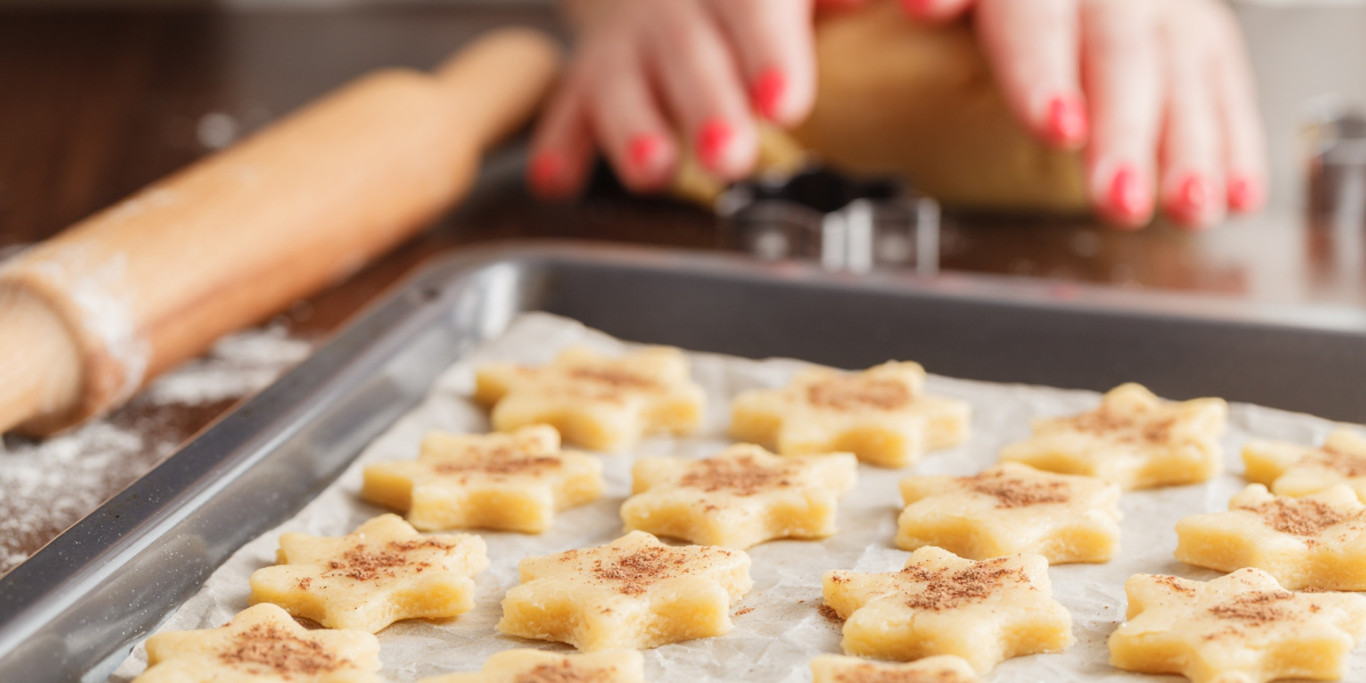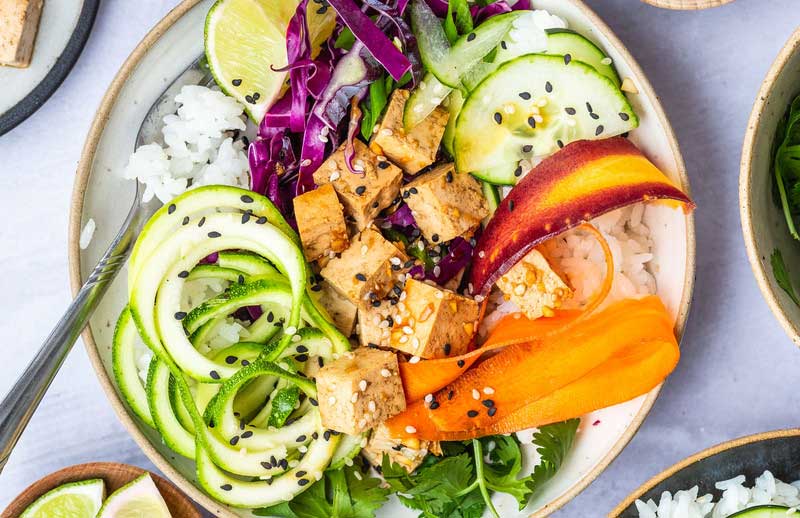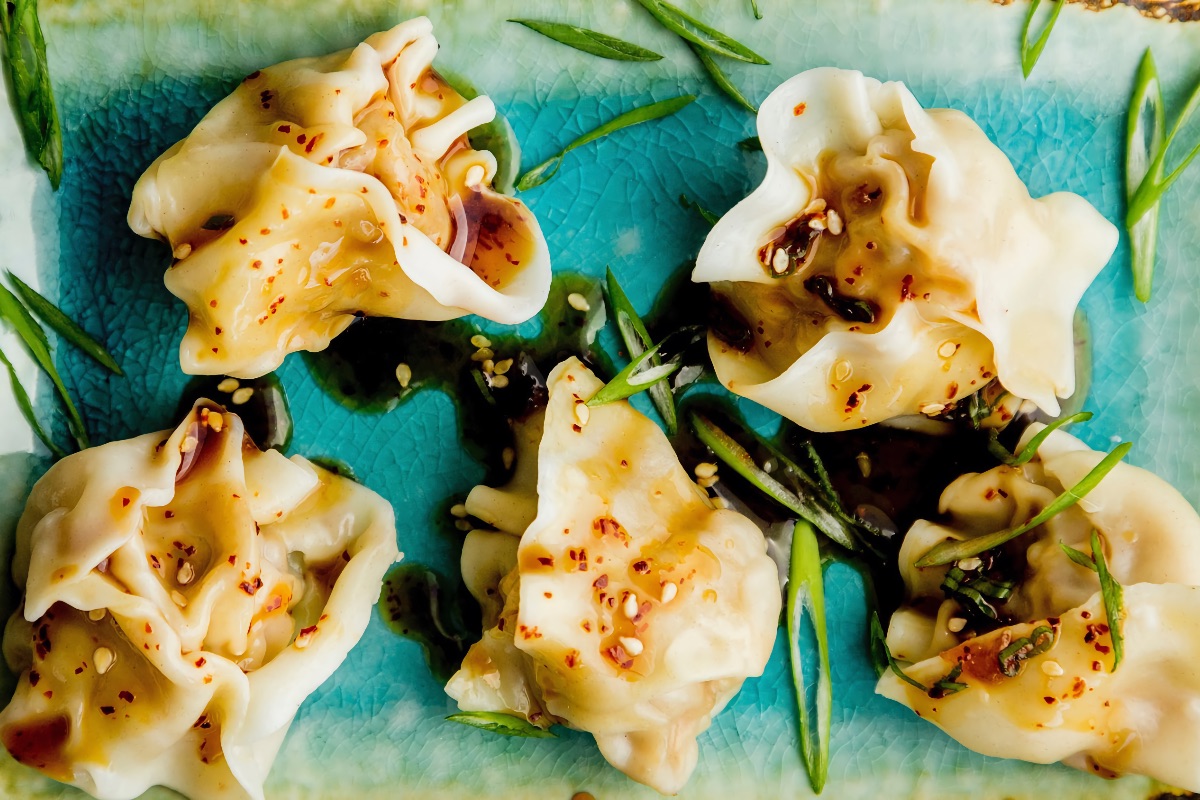Baking. Sauteing. Roasting. Warming. These are the pots and pans you need in your kitchen right now.
- McCormick Test Kitchens.
After a lifetime of baking—first at home and then in my bakery and now at home again—I’m pretty clear about the type and size of pans that I prefer.
Here is what I know for sure:
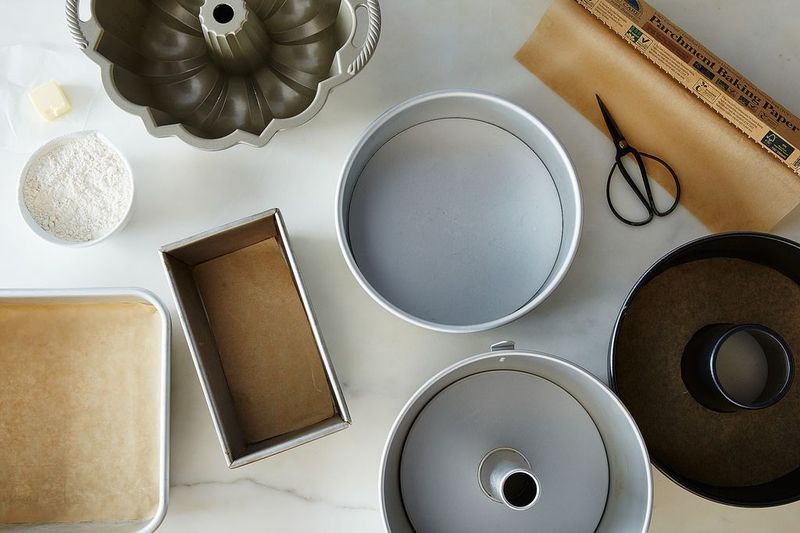
The best pans for cakes, cookies, and brownies don’t cost the most dollars, and you don’t need bells and whistles. My grandma often said, “plain is best.” We rolled our eyes, but today I know that less really is more went it comes to cooking equipment. I sigh when I see pricey, over-engineered, and heavier-than-necessary pans (not to mention gadgets!) even in good kitchenware stores—because they are not necessarily the best. But then I can hardly keep myself from intervening in the grocery store when I see someone reaching for those inexpensive dark colored lightweight nonstick cake pans or cookie sheets.
My favorite pans are available online or in restaurant supply stores at very good prices; some are also available in good kitchenware stores. Online is easy, but if you really love to bake and have never visited a restaurant or bakery supply store, you can’t imagine the fun (and relative bargains) you are missing. Even now, I love an excuse to go restaurant supply shopping.
Here’s what’s in my kitchen now that I would buy again if I were starting over:
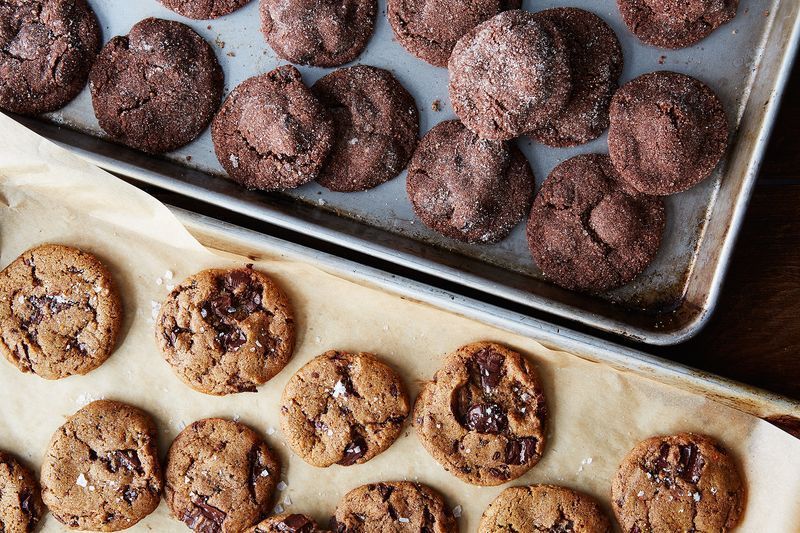
Photo by Alpha Smoot
Half Sheet Pans
These are the 12-x-16-inch, medium-weight (there is no need to pay for the super heavy ones) aluminum pans used in bakeries and restaurants. They are sturdy enough to last a lifetime in a home kitchen, and relatively inexpensive. In addition to baking cookies, use them for jellyrolls and other thin cake sheets (and tripled brownie recipes). Use them to toast nuts or croutons, roast vegetables or chicken pieces, or keep pancakes warm—and a thousand other things, too. Have at least 2 half sheets on hand. I’ve seen them in 2-packs in big box stores like Costco. The heavier and more expensive type will not do a better job with your cookies!
Cookie Sheets
It’s good to have a rimless cookie sheet for sliding under delicate cake layers in order to lift or move them, but I bake cookies on half sheet pans, which are so useful for other things as well. I don’t buy or keep “cookie sheets” for cookie baking, and if I did, I would avoid nonstick (unnecessary and easily damaged), dark-colored (cookies burn on the bottom before the tops are fully baked), insulated (they lengthen the baking time and rob you of caramelized edges), and cookie sheets with special surfaces (unnecessary).
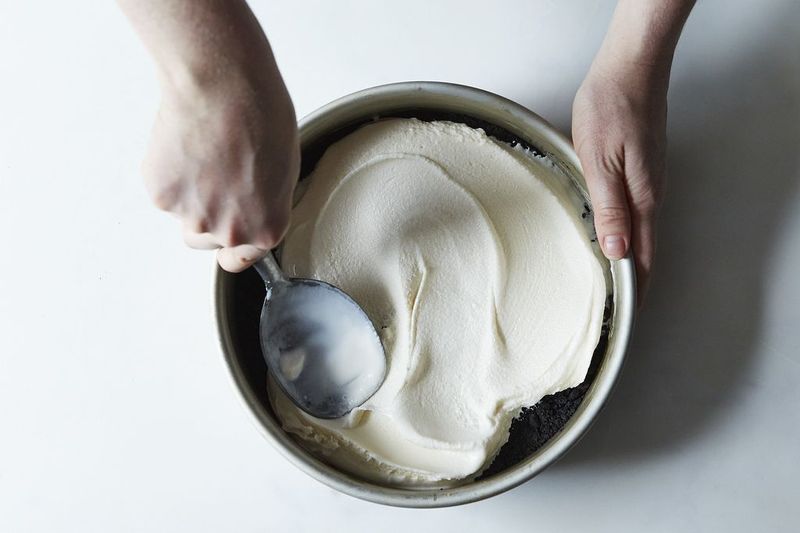
Layer Cake and Brownie Pans
Ideally, you need both 8- and 9-inch round pans 2 inches deep for cakes, and both 8- and 9-inch square pans for brownies and bars. (See below for springforms). If you have both shapes in both sizes you can follow most recipes as written instead of trying to increase or decrease recipes by awkward amounts, or end up with flat cakes because you baked batter in a 9-inch instead of an 8-inch pan. If you need to start your collection slowly, flip through a couple favorite baking books and look at recipes you are most likely to make and buy pans accordingly. For cake layer and brownie pans, as with sheet pans, avoid dark finishes (they overcook the sides of the cake before the center is done) and don’t be swayed by nonstick! (That's what parchment is for!)
Springforms and Cheesecake Pans
I stopped buying springform pans decades ago when I discovered “cheesecake” pans with removable bottoms (made by Parrish Magic Line and more recently by Fat Daddio's—these companies make my favorite cake and brownie pans as well). Would it be melodramatic to say that pans with removable bottom are life changing? They are sturdy aluminum pans with a light-colored finish that won’t overcook the sides of cakes; there are no springs to loosen or break, and the bottoms are simple, sturdy metal plates with no unsightly grooves or elaborate rims. Ideally, get both an 8- and a 9-inch round pans, each 3 inches deep. Use them when springforms are called for.
9-x-13-Inch Baking Pan
You should have a glass one for casseroles and serve-in-the-pan/take-to-picnic cakes (that call for glass pans or baking dishes) and a metal one for double brownie batches and sheet cakes.
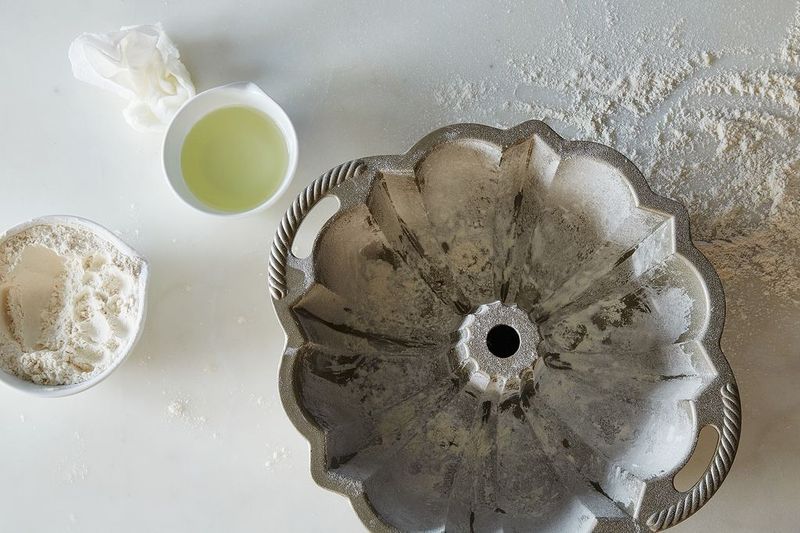
Bundt Pans (12-Cup)
Get one if you love Bundt-type cakes and the decorative contours of these special pans! If you are Bundt-less, note that Bundt cake batter can usually be divided in half and baked in two loafs pans or the full recipe can be baked in a plain tube (a.k.a. angel food) pan instead of the Bundt pan. Heavyweight, dark-finish Bundt pans make for the nice brown crusts appropriate to this type of cake—my usual insistence on light-colored pans does not apply here!
Angel Food (10-Inch)
The only angel food cake pans that I have are very old—one might have been my mother’s. They're aluminum and very lightweight. They work beautifully. Go figure. You can make any cake than calls for a tube pan—including Bundt cake, sponge cake, and chiffon cake in an angel food cake pan. But you can’t usually make sponge, chiffon, or angel food cake in a Bundt pan (because these are likely to stick to the pan rather than unmold perfectly)!
Loaf Pans
I have a motley collection of these in all sizes and materials, but you probably can start with two 6-cup pans or start by buying the size called for in a few recipes that you want to make. Save glass or ceramic pans for meatloaf. Heavyweight steel pans are good for yeasted breads where a heavy dark crust, or at least a good amount of heat directly against the sides as well as the bottom of the loaf, may be wanted. But here’s a surprise: For loaf cakes, including pumpkin and banana breads and other “quick” breads (without yeast)—which are actually cakes, not breads—I get excellent results with all kinds of metal pans. You can use heavy or lightweight, dark- or light-colored, cheap or expensive loaf pans, just so long as they are lined on the bottom and all four sides with parchment paper. (I also love how this looks.) The liner protects the surfaces of the cake from over browning in both heavy pans and lightweight dark pans. So feel free to pick up bargain pans to make loaf cakes!
This article was written by Alice Medrich from Food52 and was legally licensed through the NewsCred publisher network.


